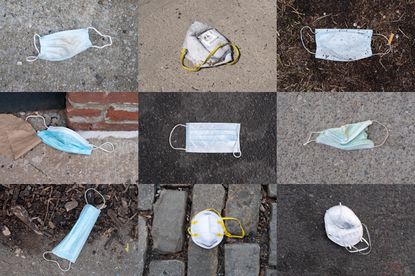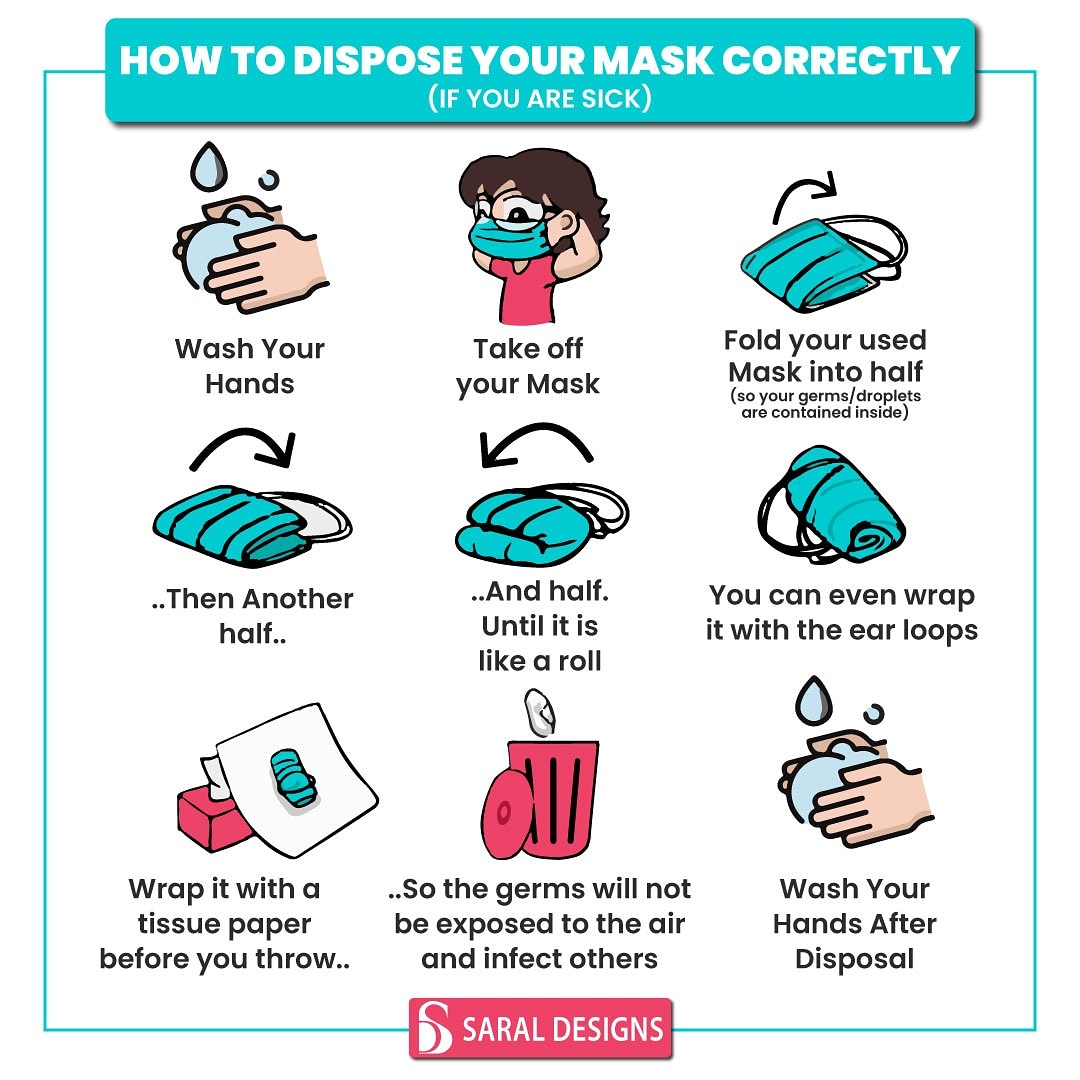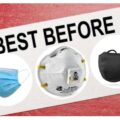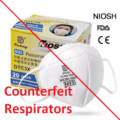According to the World Health Organization, COVID-19 is primarily spread through respiratory droplets when an infected person coughs, sneezes or talks. A face mask also called a medical mask, is a loose-fitting disposable mask that protects the wearer’s nose and mouth from contact with droplets, splashes, and sprays that may contain germs. It also filters out large particles in the air. Surgical masks may protect others by reducing exposure to the saliva and respiratory secretions of the mask wearer.
Face masks are a simple way to help decrease coronavirus transmission and save lives. According to the Centers for Disease Control and Prevention, wearing a face mask in public places has been shown to reduce the spread of COVID-19, because those who are pre-symptomatic can spread the virus before showing symptoms. However, some masks are more effective than others.
What are the types of facemask we have?
Cloth or Fabric masks: This type of masks trap droplets that are released when the person wearing the mask sneezes, coughs or talks. They reduce the spread of viruses, are easy to purchase or make, and can be washed and worn again. It’s also important for the wearer to avoid touching their masks, and if they do, to sanitize or wash their hands after. Additionally, if a cloth or fabric mask becomes wet or dirty, it’s important to switch to a clean one. These masks should not be shared.
N95 masks: N95 masks provide a higher degree of protection than a surgical mask or cloth mask because they can filter out both large and small particles when the wearer breathes. They’re called N95 masks because they’re designed to block 95% of particles or liquids that may come in contact with your face. However, these masks are not for general public use and should be reserved for healthcare workers and other medical first responders. They’re also incompatible with children or people with facial hair. Healthcare providers are fit tested for these masks, and like surgical masks, they’re intended to be single-use only, though researchers are examining effective ways to clean these masks.
Surgical masks: Also called medical masks are loose-fitting and disposable. They protect the nose and mouth from coming into contact with droplets that could carry germs. They’re made to protect you from sprays or splashes that could enter the nose or mouth. These masks are also able to filter out large particles in the air and can make sure droplets from the wearer aren’t being spread. These masks are single-use only.
Face masks with valves: These masks may make it easier to breathe out, but as the wearer is doing so, they’re also exhaling their germs into the air around them. Increasingly more medical facilities around the country have banned the use of masks with valves. They do a good job protecting the wearer, but because of the one-way valves, they don’t offer much protection to the people around the wearer. If the wearer is contagious, either knowingly or unknowingly, they could still be spreading the virus to others around them. Since the main reason to wear a mask is to protect others, a simpler mask with a filter may be a better choice.
How do you properly wear a face mask?
According to Johns Hopkins Medicine, your mask should cover your face from the bridge of your nose to under your chin. It should be loose-fitting but still secure enough to stay in place. Make sure you can talk with your mask on and that it doesn’t irritate you, so you are not tempted to touch it or pull it out of place, which could put you at risk of touching your face or limit its effectiveness.
How do you properly dispose a used face mask?
According to the World health organization, you should dispose them appropriately and perform hand hygiene immediately afterward. If medical masks are worn, appropriate use and disposal are essential to ensure they are effective and to avoid any increase in the risk of transmission associated with the incorrect use and disposal of masks. ALSO SEE: Do Face Masks Expire?






